Safety Measures for BBQs at Home
Barbecuing at home is one of those delightful experiences that bring friends and family together, filling the air with mouth-watering aromas and laughter. However, as much as we love to grill, **safety should always be our top priority**. Imagine the sizzling sound of meat on the grill, the vibrant colors of grilled veggies, and the joy of sharing a meal with loved ones—now imagine that joy being interrupted by an accident. That's why it's crucial to understand and implement effective safety measures for BBQs at home. In this article, we'll explore essential steps to keep your barbecue experience both enjoyable and safe, covering everything from choosing the right location to proper food handling practices. So, let’s dive in and ensure your next BBQ is a hit without any hiccups!
Choosing the right location for your BBQ is like selecting the perfect spot for a picnic; it sets the stage for a great time! You want to find an area that is not only spacious but also safe. First and foremost, ensure that your grill is at least **10 feet away from any flammable materials** such as wooden fences, overhanging branches, or your house. This distance acts as a buffer zone, reducing the risk of fire hazards. Additionally, consider the wind direction. You wouldn’t want smoke blowing into your guests’ faces or, worse, towards any flammable objects. Proper ventilation is also key; a well-ventilated area allows smoke to disperse and keeps the air fresh. So, take a moment to survey your outdoor space and choose wisely!
Before you even think about firing up the grill, it's time for a thorough equipment inspection. Think of it as giving your grill a check-up before a big performance. Start by examining the **gas lines** for any signs of wear or damage. A small leak can turn your BBQ into a dangerous situation, so it's vital to ensure everything is in good condition. Also, check the grill itself—look for rust, broken parts, or anything that seems out of the ordinary. Don't forget to inspect the safety features, like the ignition system. A reliable ignition means you can start cooking without any unnecessary fuss. By taking these precautions, you’re setting the stage for a safe and enjoyable grilling experience.
Gas grills are a popular choice for many backyard chefs, but they come with their own set of safety precautions. First and foremost, always check for **gas leaks** before you ignite the grill. You can do this by applying a mixture of soap and water to the gas lines and connections; if you see bubbles forming, you’ve got a leak that needs fixing. Make sure that all connections are secure and that the grill is in good working order. Regular maintenance is also essential; clean the burners and ensure they are free from debris. By following these simple steps, you can minimize hazards and enjoy a worry-free grilling experience.
Charcoal grilling has its own unique charm but also presents specific risks. When lighting your charcoal, avoid using lighter fluid, which can be hazardous. Instead, consider using a **charcoal chimney** or electric starter for a safer option. Once you're done grilling, let the ashes cool completely before disposing of them. Remember, even seemingly harmless ashes can reignite if not handled properly. By taking these precautions, you can enjoy the rich flavors of charcoal grilling without the added stress of safety concerns.
Managing your propane tank safely is crucial for a successful BBQ. Always store your propane tank in an upright position and away from direct sunlight or heat sources. If you need to transport it, ensure it is secured in your vehicle and never leave it in a hot car. Be on the lookout for signs of a malfunctioning tank, such as a hissing sound or a strong odor of gas. If you suspect a problem, it’s better to err on the side of caution and consult a professional. Proper propane management not only protects you but also ensures that your grilling experience is seamless.
Implementing fire safety measures is critical for a successful BBQ. Always keep a **fire extinguisher** nearby—preferably one rated for grease fires. Familiarize yourself with its use before you need it! Understanding how to control flames is also essential; if your grill catches fire, never pour water on it. Instead, close the lid to suffocate the flames, or use the extinguisher. Maintain a safe distance from structures and have a clear escape route in case things get out of hand. By being prepared, you can focus on enjoying your BBQ rather than worrying about potential hazards.
Proper food handling is key to preventing foodborne illnesses during your BBQ. Start by ensuring that all your ingredients are stored at the right temperatures. Keep raw meats separate from other foods to avoid cross-contamination. When marinating, always do it in the refrigerator, not on the counter, to keep bacteria at bay. Additionally, it’s essential to cook your food to the right internal temperatures. This not only ensures delicious results but also keeps everyone safe from harmful pathogens. Remember, a little attention to food safety goes a long way in creating a memorable BBQ experience!
Understanding how to marinate food correctly can prevent contamination and enhance flavors. Always marinate in the refrigerator, and never reuse marinade that has come into contact with raw meat unless it’s boiled first. As a rule of thumb, marinate meats for at least **30 minutes** but not longer than **24 hours**. This ensures that your food is flavorful while minimizing the risk of bacteria growth. By following these guidelines, you can enjoy deliciously marinated dishes without any safety worries.
Cooking to the right temperatures is essential for food safety. Here are some recommended internal temperatures for various meats:
| Meat Type | Recommended Internal Temperature |
|---|---|
| Chicken | 165°F (75°C) |
| Beef (Ground) | 160°F (71°C) |
| Pork | 145°F (63°C) |
| Fish | 145°F (63°C) |
Using a meat thermometer can help ensure that your food is cooked thoroughly and safe to eat. By paying attention to these temperatures, you can serve up delicious, safe meals that everyone will love!
Q: What should I do if my grill catches fire?
A: If your grill catches fire, try to close the lid to suffocate the flames. If that doesn’t work, use a fire extinguisher rated for grease fires. Never pour water on a grease fire!
Q: How can I tell if my propane tank is empty?
A: You can check the weight of the tank or pour warm water down the side; the area where the tank feels cool indicates the propane level.
Q: What is the best way to clean my grill?
A: Clean your grill grates while they are still warm using a grill brush. For deeper cleaning, disassemble parts and wash them with soap and water.
Q: How long can I marinate meat?
A: Marinate meats for at least 30 minutes but not longer than 24 hours to avoid bacterial growth.
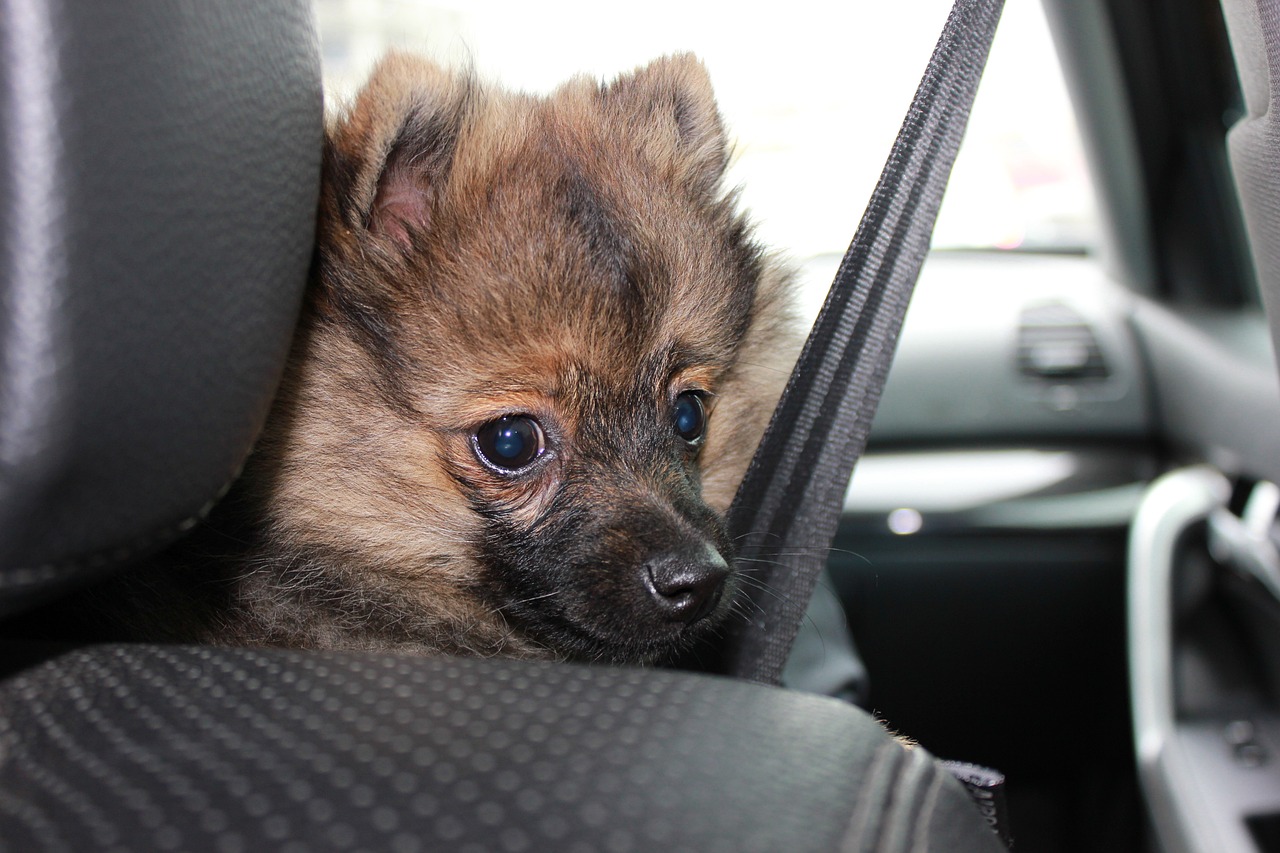
Choosing the Right Location
When it comes to hosting a barbecue at home, one of the most crucial decisions you'll make is choosing the right location. Imagine this: you’ve got the grill fired up, the aroma of marinated meats wafting through the air, and your friends are laughing and enjoying the day. But wait! Are you too close to your house or any flammable materials? Selecting an appropriate outdoor space is not just about aesthetics; it’s about ensuring safety and creating an enjoyable atmosphere for all.
First and foremost, consider the distance from flammable materials. Your grill should be at least 10 feet away from any structures like your house, garage, or even your neighbor's fence. This distance helps reduce the risk of fire spreading in case of an accident. Think of it like a safety bubble; the more space you have, the better protected you'll be. Additionally, be wary of overhanging branches or any other potential fire hazards that could ignite from a stray spark.
Next, proper ventilation is key. Grilling produces smoke and fumes that can be harmful if inhaled in large quantities. If you're using a gas grill, make sure you're in an open area where the smoke can disperse easily. A well-ventilated space not only keeps the air fresh but also allows for a more enjoyable cooking experience. Picture yourself flipping burgers while enjoying a gentle breeze instead of choking on smoke—much more pleasant, right?
Another factor to consider is the ground surface where you’ll set up your grill. A stable, flat surface is essential to prevent tipping or accidents. Grass may seem like a cozy option, but it can become uneven, especially if it’s wet. Instead, consider using a patio or deck, which provides a solid foundation. If you must grill on grass, ensure that the area is level and free of any debris that could catch fire.
Lastly, think about the layout of your space. You want to create a comfortable flow for your guests. Ensure that there’s enough space for people to mingle without crowding the grill. It’s also wise to have a designated area for food prep and serving to keep everything organized. A well-thought-out layout not only enhances the barbecue experience but also minimizes the risk of accidents. After all, nobody wants a hot grill and a crowded space leading to a mishap.
In conclusion, choosing the right location for your BBQ is not just about aesthetics; it’s a fundamental aspect of ensuring a safe and enjoyable experience. By considering factors such as distance from flammable materials, ventilation, ground surface, and layout, you’ll set the stage for a fantastic gathering. So, before you fire up that grill, take a moment to assess your surroundings and make the best choice for your barbecue!
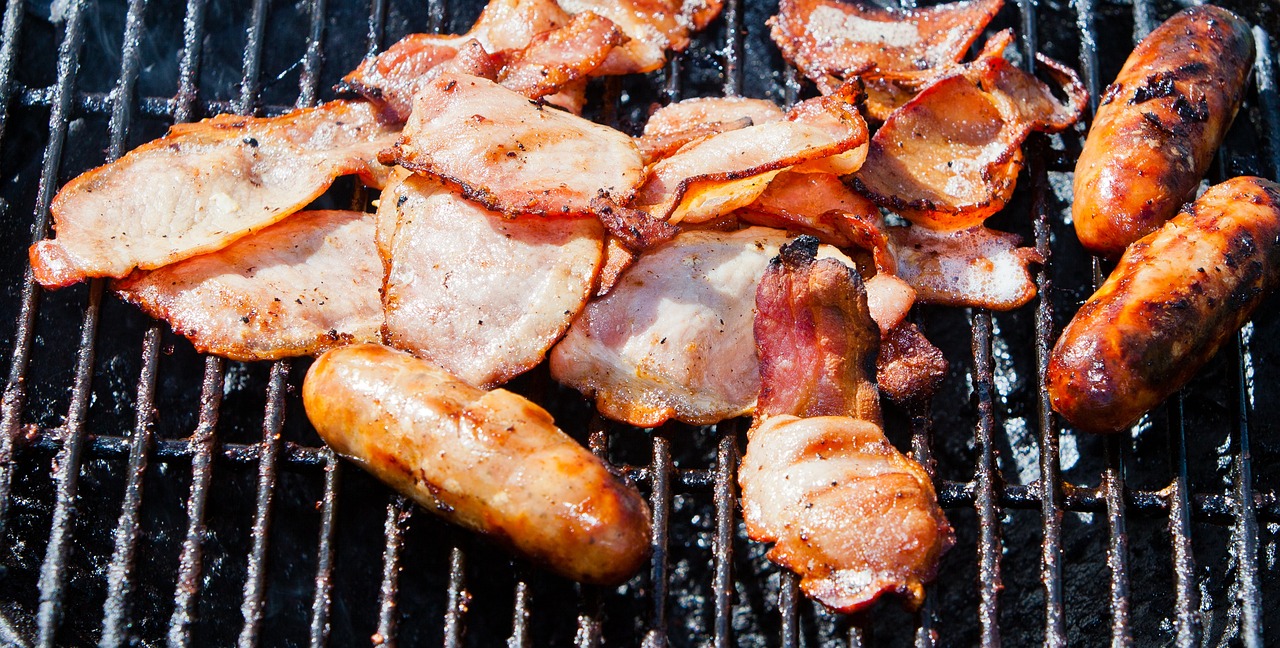
Equipment Inspection
Before you fire up that grill and invite friends over for a fun-filled BBQ, it's crucial to conduct a thorough . Think of this as your pre-game warm-up; you wouldn't step onto the field without checking your gear, right? Similarly, inspecting your grilling equipment can save you from potential accidents and ensure that your barbecue experience is both safe and enjoyable. So, what should you be looking for? Let’s dive into the essential checks you need to perform.
First and foremost, take a close look at the gas lines if you're using a gas grill. Inspect for any cracks or wear that could lead to leaks. A simple way to check for leaks is to mix some soap with water and apply it to the connections. If you see bubbles forming, you’ve got a leak that needs immediate attention. It’s a small step that can prevent a big disaster!
Next up, assess the condition of your grill itself. Are the grates clean and free of rust? Is the burner functioning correctly? A well-maintained grill not only cooks better but also minimizes safety risks. If you notice any signs of damage or excessive wear, it might be time to consider repairs or even a replacement. Remember, your grill is like a trusted friend; you want to keep it in good shape to enjoy many BBQs together!
Don’t forget to check the safety features of your grill. Many modern grills come equipped with safety shutdown features. Make sure these are operational; they can be lifesavers in case of an emergency. Additionally, ensure that any removable parts, like grease trays, are not clogged and are easy to access. A clean grill is a happy grill!
If you're using a charcoal grill, the inspection process is slightly different. Make sure you have a proper chimney starter to light your coals safely. Avoid using lighter fluid, as it can create flare-ups and pose a fire hazard. Instead, opt for natural starters or electric starters that won't compromise your safety. And once you're done grilling, ensure you have a safe method to dispose of the ashes. Always let them cool completely before throwing them away to prevent accidental fires.
For those using a propane grill, managing your propane tank is just as important. Check the tank for any signs of rust or damage, and ensure that the valve is functioning correctly. Store your propane tank in an upright position, away from direct sunlight, and never keep it indoors. If you suspect any issues, consult a professional before using the grill.
In summary, a thorough equipment inspection is your first line of defense against BBQ-related accidents. By taking the time to check your grill, you’re not just ensuring a fun time with friends and family; you’re also prioritizing safety. So, before you light that fire, make sure your equipment is ready to go!
- How often should I inspect my grill? It's a good idea to inspect your grill before each use, especially at the beginning of the grilling season.
- What should I do if I find a gas leak? If you detect a gas leak, turn off the gas immediately and do not use the grill until it's repaired by a professional.
- Can I use a grill with rust on it? It's best to avoid using a grill with significant rust, as it can affect both safety and food quality.
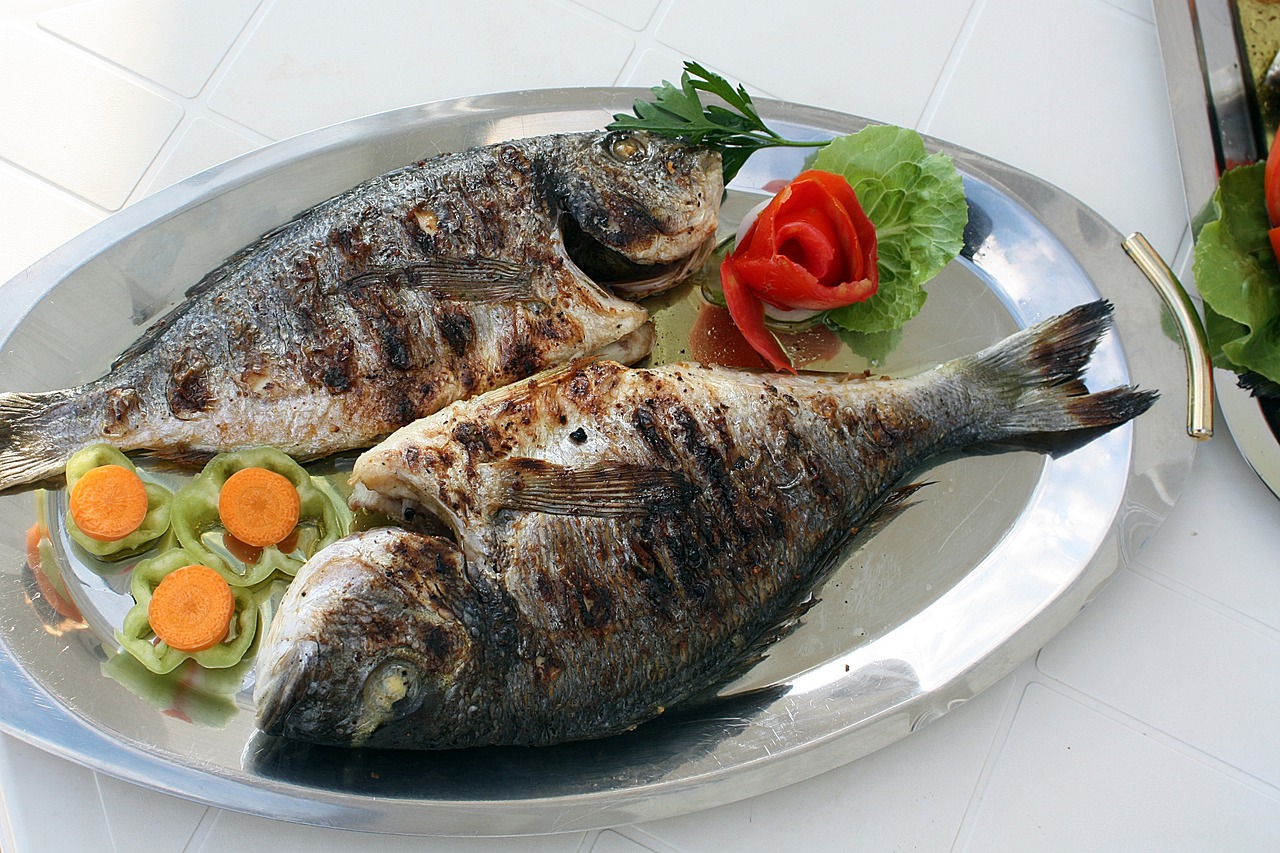
Gas Grill Safety
When it comes to grilling, gas grills are a popular choice for many backyard chefs. However, with great power comes great responsibility! Ensuring is crucial to enjoying a flawless barbecue experience without any hiccups. Before you even think about lighting that flame, there are several important precautions you need to take. First and foremost, always check for leaks in your gas line. A simple way to do this is by applying a mixture of soap and water to the connections. If you see bubbles forming, it’s a sign of a leak, and you should turn off the gas immediately and address the issue.
Next, let’s talk about connections. Ensure that your gas tank is securely connected to the grill. Loose connections can lead to gas escaping, which is a recipe for disaster. It’s like trying to fill a bathtub without plugging the drain – you’re just asking for trouble! Additionally, regularly inspect the condition of your grill. Look for rust, cracks, or any signs of wear and tear. If your grill looks like it’s been through a war zone, it might be time to either repair or replace it.
Another important aspect of gas grill safety is maintaining proper ventilation. Make sure you’re grilling in an open area where gas can disperse easily. If you’re grilling in a garage or a small enclosed space, you’re not just risking a fire; you could also be exposing yourself to harmful fumes. Remember, a well-ventilated area is like a breath of fresh air for your grilling experience!
To further enhance your gas grill safety, consider investing in a grill with built-in safety features, such as automatic shut-off valves and flame tamers. These features can significantly reduce the risk of accidents. However, even with these safety measures in place, it’s essential to have a fire extinguisher nearby. Just like you wouldn’t go swimming without a life jacket, don’t grill without a fire extinguisher on hand!
In summary, gas grill safety is about being proactive. Regularly check for leaks, ensure secure connections, maintain your grill, and always have a fire extinguisher at the ready. By following these guidelines, you can focus on what really matters—enjoying delicious grilled food with friends and family!
- How often should I check for gas leaks?
It’s a good practice to check for leaks every time you use your grill, especially if it has been sitting unused for a while. - Can I use my gas grill indoors?
No, gas grills should never be used indoors due to the risk of carbon monoxide poisoning and fire hazards. - What should I do if I smell gas?
If you smell gas, turn off the grill immediately, leave the area, and contact your gas supplier. Do not attempt to light the grill.
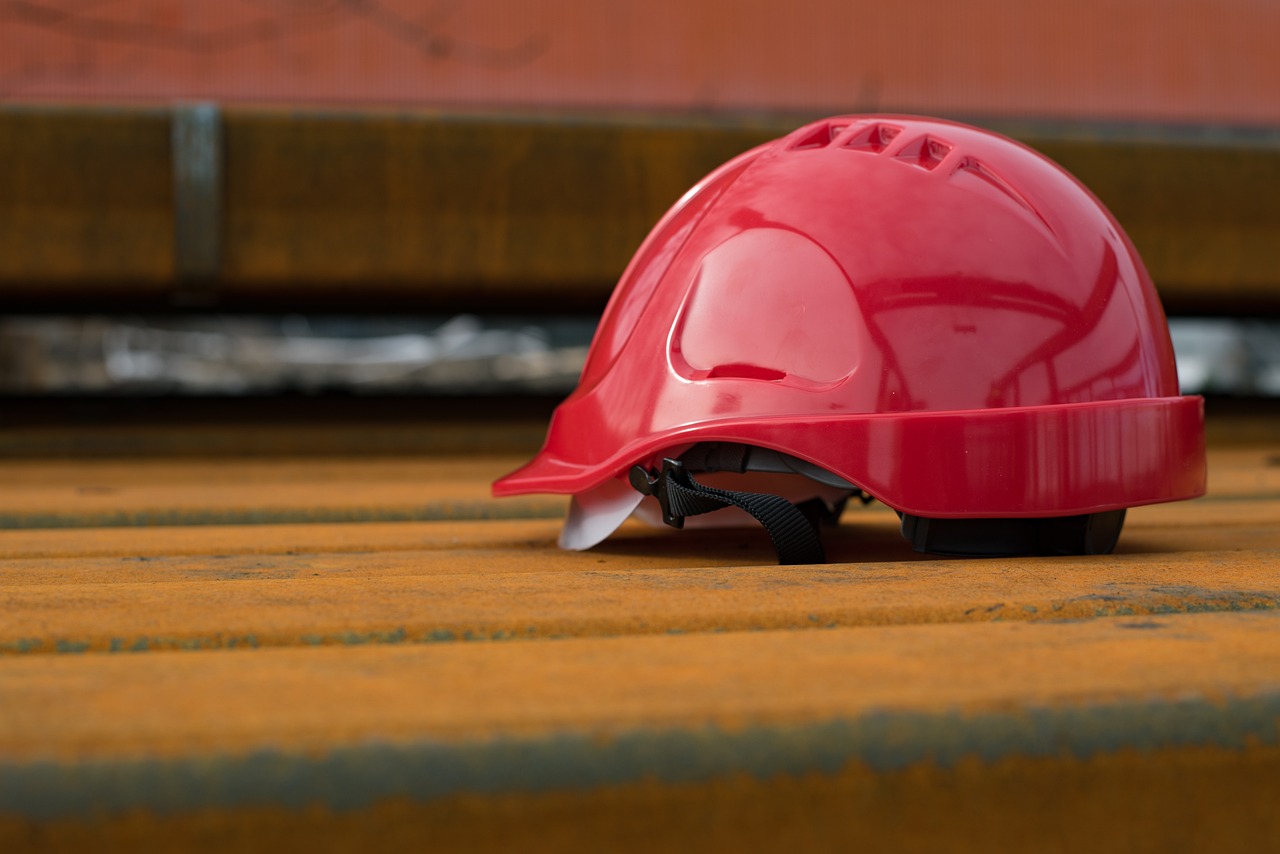
Charcoal Grill Precautions
When it comes to grilling, nothing quite matches the smoky flavor that a charcoal grill can impart on your food. However, with great grilling power comes great responsibility! To ensure a safe and enjoyable barbecue experience, it's essential to take certain precautions when using a charcoal grill. One of the first things to consider is your lighting method. Avoid using lighter fluid as it can create flare-ups and toxic fumes. Instead, opt for natural fire starters or a chimney starter, which allows you to light your coals safely and effectively.
Another crucial aspect to keep in mind is the disposal of ashes. After your grilling session, it may be tempting to simply toss the ashes in the trash, but this can be a recipe for disaster. Always ensure that the ashes are completely cool before disposing of them. A good rule of thumb is to keep the ashes in a metal container with a lid for at least 24 hours before throwing them away. This precaution will help prevent any potential fires from igniting due to residual heat.
Furthermore, consider your grilling location. Make sure to set up your charcoal grill at least 10 feet away from any structures, overhanging branches, or flammable materials. This distance not only helps prevent accidental fires but also ensures that smoke doesn’t enter your home or affect your neighbors. Proper ventilation is key; always grill outdoors in an open space to allow smoke to disperse freely.
Lastly, never leave your charcoal grill unattended, especially when it’s lit. Just like a child, your grill needs supervision! If you must step away, make sure someone else is there to keep an eye on it. By following these simple yet effective precautions, you can enjoy the rich flavors of charcoal grilling while keeping safety at the forefront of your outdoor cooking experience.
- What is the safest way to light a charcoal grill?
Using a chimney starter is the safest method, as it avoids the use of lighter fluid. - How long should I let the ashes cool before disposal?
It's best to wait at least 24 hours to ensure they are completely cool. - Can I grill in my garage or under a patio?
No, always grill outdoors in an open space to prevent the buildup of harmful smoke and fumes. - What should I do if my grill catches fire?
Keep a fire extinguisher nearby and never use water on a grease fire. Instead, cover the grill with a lid to smother the flames.
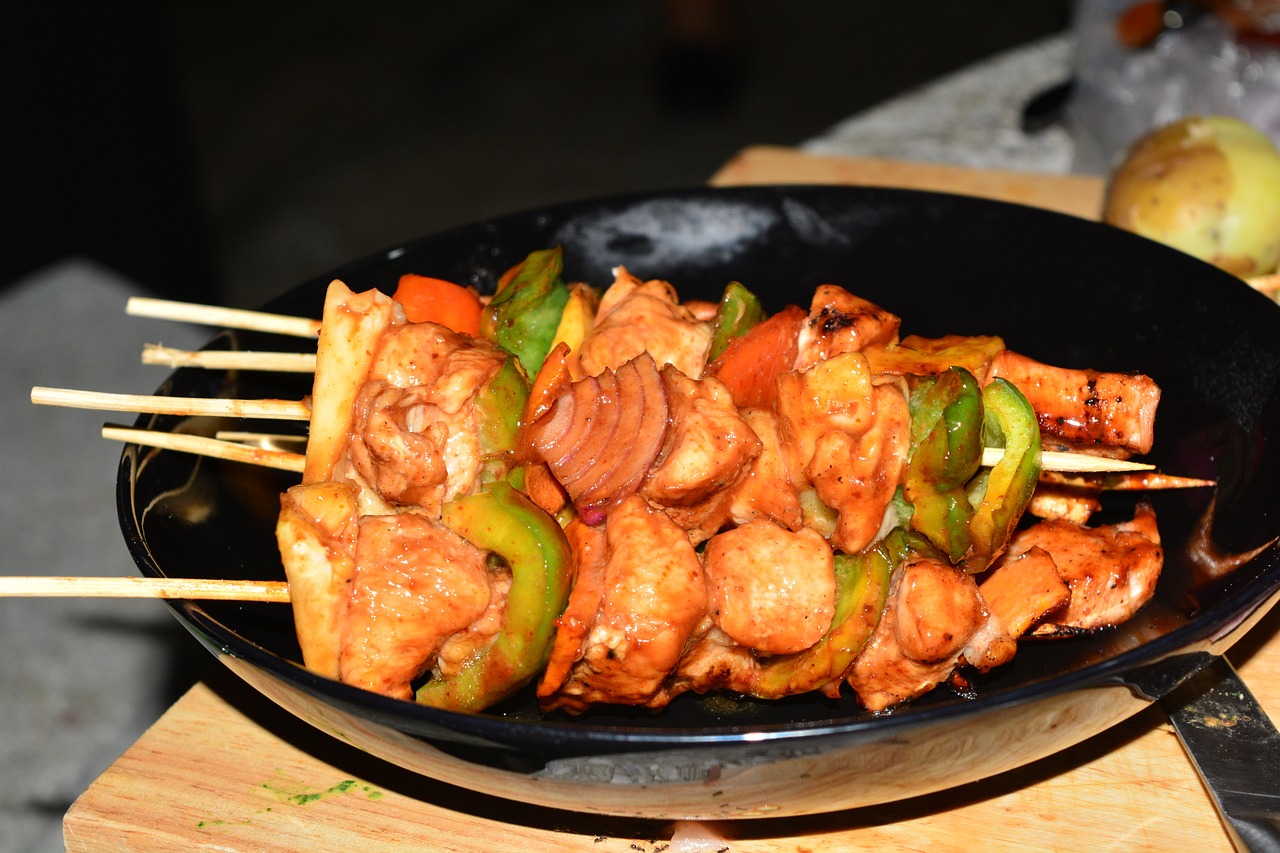
Propane Tank Management
Managing your propane tank safely is crucial for a worry-free BBQ experience. Imagine this: you're all set to grill up a storm, the sun is shining, and the aroma of grilled food is in the air—but then you realize your propane tank is leaking or malfunctioning. Yikes! To prevent such scenarios, it's essential to follow some key guidelines that will keep your BBQ safe and enjoyable.
First and foremost, storage is a significant factor in propane tank management. Always store your propane tanks in an upright position in a well-ventilated area, away from any flammable materials. Think of it like keeping your treasures safe; you wouldn’t leave them lying around in a risky place, right? Ideally, the storage area should be outdoors, away from your home’s entrances and windows, to minimize any potential hazards.
Next up, when transporting your propane tank, it’s crucial to ensure that it’s secured properly in your vehicle. Use a sturdy strap or bungee cord to keep it from rolling around, as this can cause damage to the tank or even create a leak. If you notice any signs of rust or corrosion on the tank, it’s best to replace it. Remember, a small crack can lead to a big problem!
But how do you know if your propane tank is functioning properly? One of the easiest ways to check for leaks is by using a simple soap and water solution. Mix a bit of dish soap with water and apply it to the connections and hoses. If you see bubbles forming, you’ve got a leak on your hands, and it’s time to shut off the tank and seek professional help. Just like a car, your grill requires regular maintenance; make sure to inspect the hoses and connections regularly for any wear and tear.
Lastly, it's essential to recognize the signs of a malfunctioning propane tank. If you smell gas or hear a hissing sound, it’s critical to act immediately. Turn off the tank and move away from the area. In case of a severe leak, contact your local fire department or propane supplier for assistance. Think of it as your BBQ safety alarm system—better safe than sorry!
- How often should I check my propane tank for leaks? It's a good idea to check your propane tank for leaks every time you use it. Regular inspections help ensure safety.
- Can I store my propane tank indoors? No, propane tanks should always be stored outdoors in a well-ventilated area to prevent any buildup of gas.
- What should I do if I smell gas? If you smell gas, turn off the tank immediately, leave the area, and contact your local fire department or propane supplier.
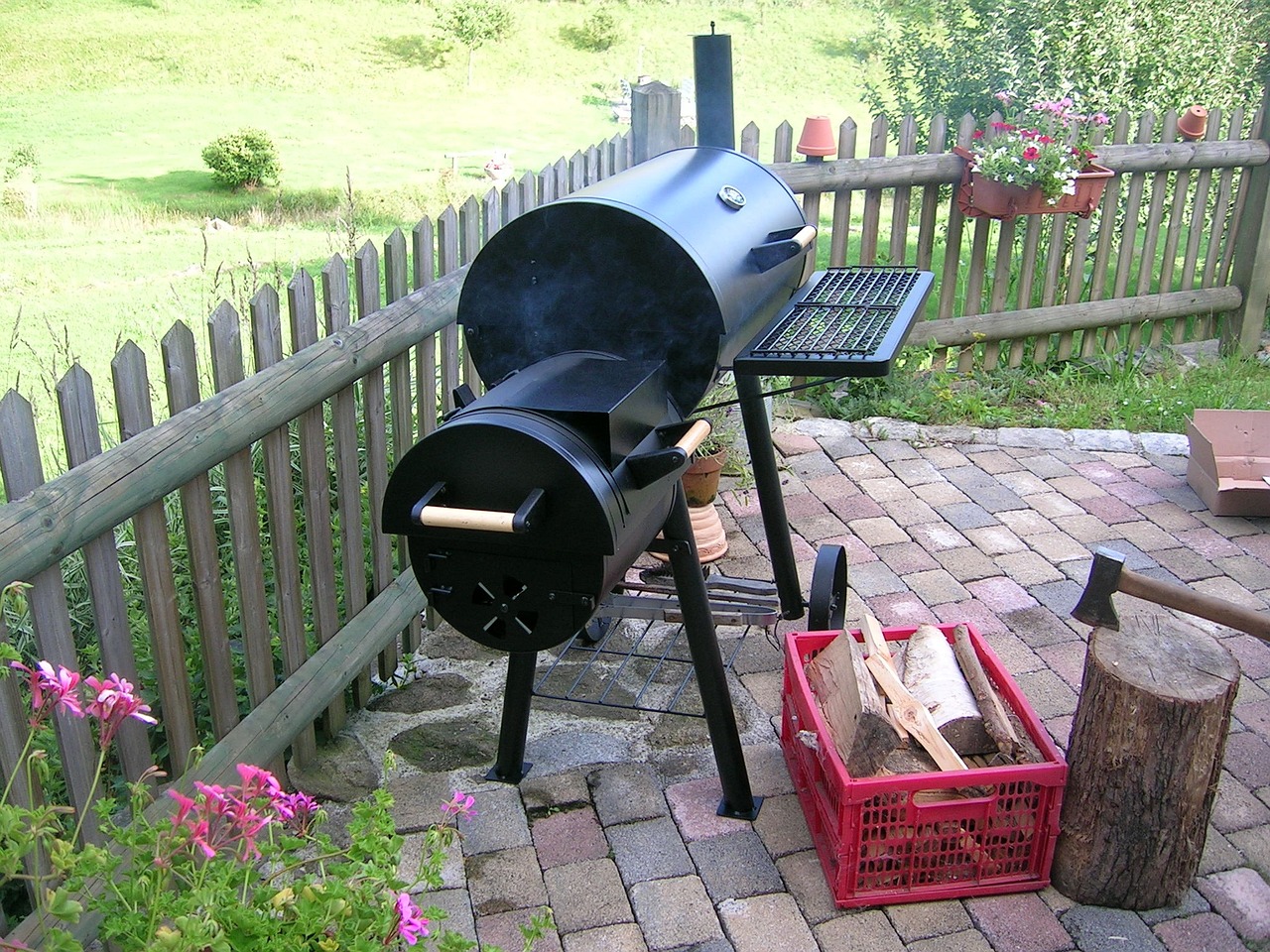
Fire Safety Measures
When it comes to BBQs, fire safety is not just a precaution; it’s a necessity! Imagine the sizzling sound of your favorite meats grilling to perfection, but then, out of nowhere, a flare-up threatens to ruin the fun. To keep your barbecue experience enjoyable and safe, implementing effective fire safety measures is critical. First and foremost, it's essential to have a fire extinguisher within arm's reach. This small device can make a world of difference in case of an unexpected flare-up or fire. Ensure that the fire extinguisher is rated for grease and electrical fires, as these are the most common types of fires associated with grilling.
Next, understanding how to control flames is equally important. If you notice flames licking up from your grill, don’t panic! Instead, try to manage the situation by closing the grill lid to cut off the oxygen supply, which can help extinguish the flames. Additionally, always keep a spray bottle filled with water nearby. This can be particularly useful for quickly dousing small flare-ups, but remember, it’s not a substitute for a fire extinguisher!
Another crucial aspect of fire safety is maintaining a safe distance from structures and flammable materials. When selecting a location for your BBQ, aim for an area that's at least 10 feet away from your home, patio furniture, and any other flammable items. This distance ensures that if a fire does occur, it won’t easily spread to your surroundings. Additionally, be mindful of overhead branches or structures that could catch fire from the heat or flames.
To further enhance your safety, consider the following fire safety tips:
- Never leave your grill unattended: Stay close and keep an eye on your grilling process.
- Keep the grill clean: Regularly remove grease buildup, as it can ignite and cause flare-ups.
- Use long-handled tools: This helps keep your hands at a safe distance from the heat.
- Have a plan: Know what to do in case of a fire, including how to use your fire extinguisher.
By incorporating these fire safety measures into your BBQ routine, you can enjoy your grilling experience without the fear of accidents. Remember, a little preparation goes a long way in ensuring a fun and safe barbecue for you and your guests!
Q: What should I do if my grill catches fire?
A: If your grill catches fire, the first step is to turn off the gas (if using a gas grill) and close the lid to suffocate the flames. If the fire continues, use a fire extinguisher or a bucket of sand to put it out. Never use water on a grease fire.
Q: How often should I clean my grill?
A: It's recommended to clean your grill after every use to prevent grease buildup. A thorough cleaning every few months is also advisable to maintain the grill's condition and safety.
Q: Can I use my grill on a balcony or patio?
A: It depends on your local regulations. Many places have specific rules regarding grilling on balconies or patios due to fire hazards. Always check your local fire codes and regulations before grilling in these areas.
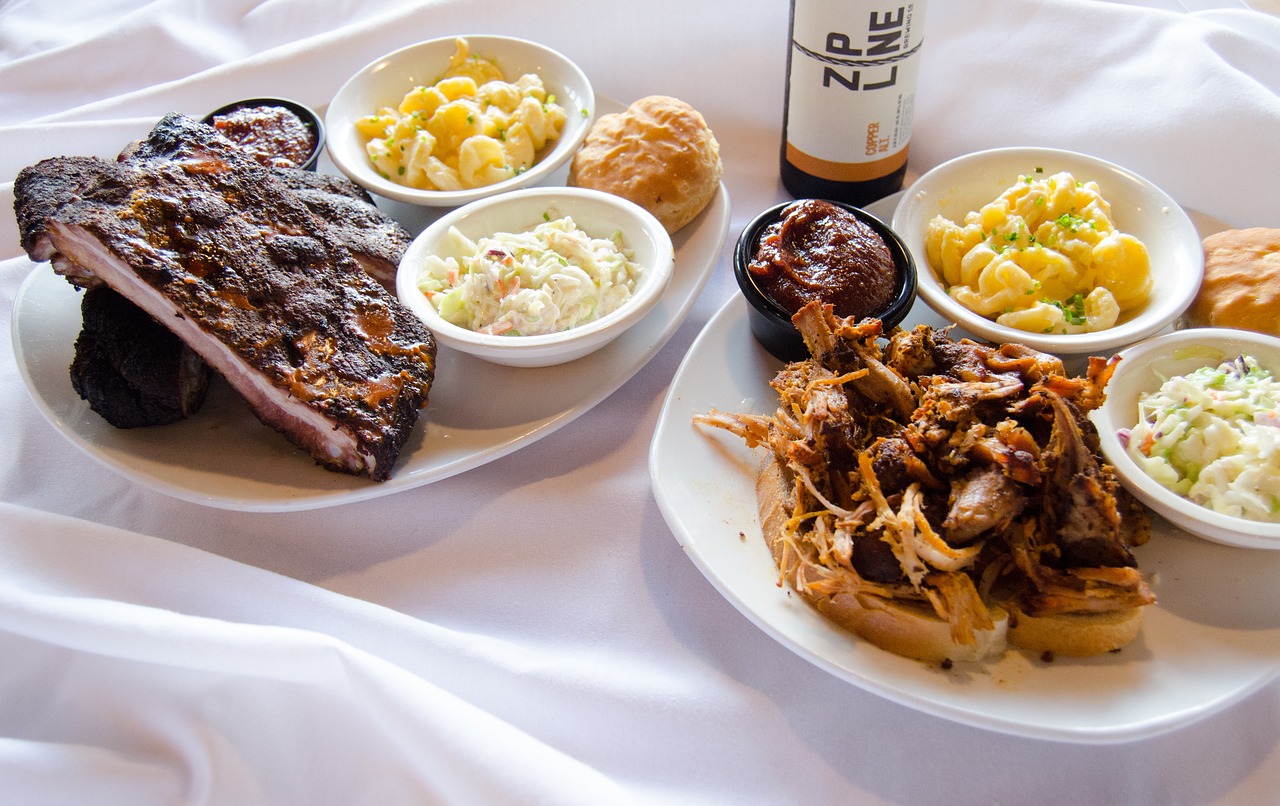
Food Handling Practices
When it comes to barbecuing, the importance of proper food handling cannot be overstated. Imagine biting into a deliciously grilled burger, only to find out it was undercooked and unsafe to eat. Yikes! To avoid such culinary disasters, it’s crucial to follow some essential guidelines that ensure your food is not only tasty but also safe for you and your guests.
First and foremost, let's talk about storage. Keeping your ingredients at the right temperature is key to preventing foodborne illnesses. Make sure that perishable items, like meats and dairy products, are stored in the refrigerator at temperatures below 40°F (4°C). If you're marinating meats, always do so in the fridge rather than at room temperature. This simple practice can significantly reduce the risk of bacteria growth.
Speaking of marinating, it's important to keep the marinating process safe. You might be tempted to let that juicy steak soak in its marinade for hours on the counter, but that’s a no-go. Instead, marinate your food in the refrigerator, and for optimal safety, keep marinating times to a minimum—generally, two hours is a good rule of thumb for most meats, but you can go up to overnight for tougher cuts. Just remember, the longer you marinate, the more flavor you'll infuse, but you also want to avoid the risk of contamination.
Now, let's dive into cooking temperatures. It’s not just about grilling your food until it looks good; you need to ensure it’s cooked to the right internal temperature to kill any harmful bacteria. Here’s a quick reference table to help you out:
| Type of Meat | Recommended Internal Temperature |
|---|---|
| Ground Meats (beef, pork, lamb) | 160°F (71°C) |
| Poultry (chicken, turkey) | 165°F (74°C) |
| Steaks and Roasts | 145°F (63°C) with a 3-minute rest |
| Fish | 145°F (63°C) |
Using a meat thermometer is the best way to check these temperatures accurately. It’s a tool every BBQ enthusiast should have in their arsenal. And remember, once food is cooked, it should not be left out for more than two hours—or just one hour if the temperature is above 90°F (32°C). After that, it’s time to store leftovers safely in the fridge.
Lastly, let’s not forget about cross-contamination. Keep raw meats separate from other foods, especially those that won’t be cooked further, like salads and fruits. Using different cutting boards and utensils for raw and cooked foods can help prevent any unwanted bacteria from hitching a ride on your delicious grilled goods. Always wash your hands before and after handling food, and keep your cooking area clean to ensure a safe and enjoyable BBQ experience.
- What temperature should I cook chicken to? Chicken should be cooked to an internal temperature of 165°F (74°C).
- Can I marinate meat at room temperature? No, always marinate meat in the refrigerator to prevent bacterial growth.
- How long can I keep leftovers from my BBQ? Leftovers should be refrigerated within two hours and consumed within three to four days.
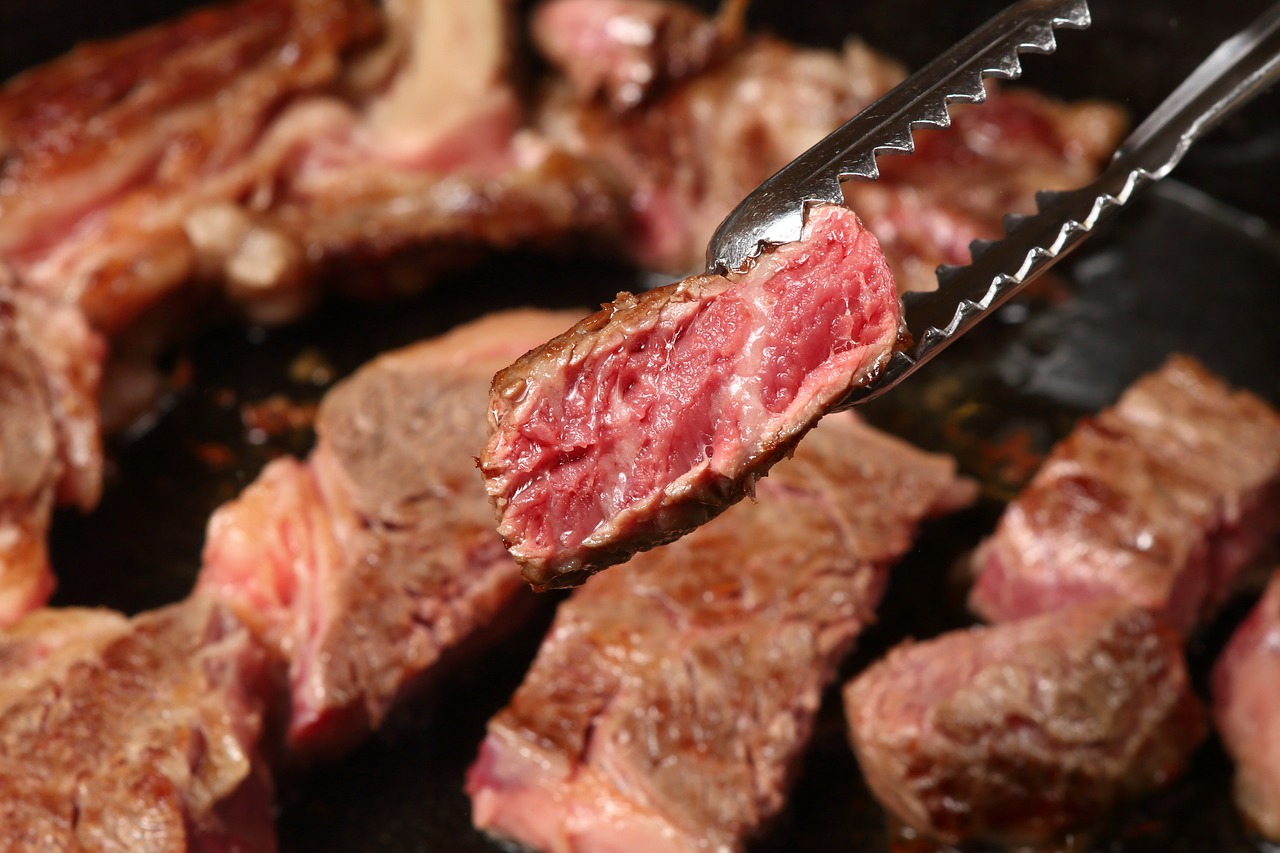
Marinating Safely
When it comes to barbecuing, marinating your meats can elevate your dish from good to absolutely mouth-watering. But let’s not forget that with great flavor comes great responsibility! Proper marinating techniques are essential not just for taste, but for keeping your food safe from harmful bacteria. So, how do you marinate safely? Let's dive in!
First and foremost, it's crucial to always marinate your food in the refrigerator rather than at room temperature. This is because bacteria thrive in warm environments, and leaving your meat out can lead to a nasty case of food poisoning. Think of your refrigerator as a protective fortress, keeping your food safe while it absorbs all those delicious flavors. Aim to marinate your meats for at least 30 minutes, but for the best results, let them soak for several hours or even overnight.
Another important aspect of safe marinating is to ensure that you use separate containers for raw meat and any marinade that will be used as a sauce later. Cross-contamination can occur if you use the same marinade for both purposes. If you want to use the marinade as a sauce, set aside a portion before adding the raw meat. This way, you can enjoy that tasty flavor without risking your health!
When it comes to timing, different types of meat require different marinating times. For example, poultry and fish generally need less time than beef or pork. Here’s a quick guide:
| Type of Meat | Recommended Marinating Time |
|---|---|
| Poultry (chicken, turkey) | 30 minutes to 2 hours |
| Fish | 15 to 30 minutes |
| Pork | 1 to 4 hours |
| Beef | 2 to 24 hours |
Lastly, always remember to discard any leftover marinade that has come into contact with raw meat. It’s tempting to think you can just boil it and use it, but it’s better to be safe than sorry! Instead, whip up a fresh batch of sauce if you want to drizzle some extra flavor over your perfectly grilled masterpiece.
In summary, marinating safely is all about keeping your food at the right temperature, avoiding cross-contamination, and knowing how long to let your meats soak. By following these guidelines, you’ll not only enhance the taste of your barbecue dishes but also ensure that your meal is safe and enjoyable for everyone!
- Can I marinate meat for too long? Yes, marinating meat for too long can lead to a mushy texture, especially with acidic marinades. It's best to stick to recommended times.
- Is it safe to reuse marinade? No, you should not reuse marinade that has been in contact with raw meat unless it has been boiled first to kill any bacteria.
- What types of acids can I use in my marinade? Common acids include vinegar, citrus juice, and yogurt. These not only add flavor but also help tenderize the meat.
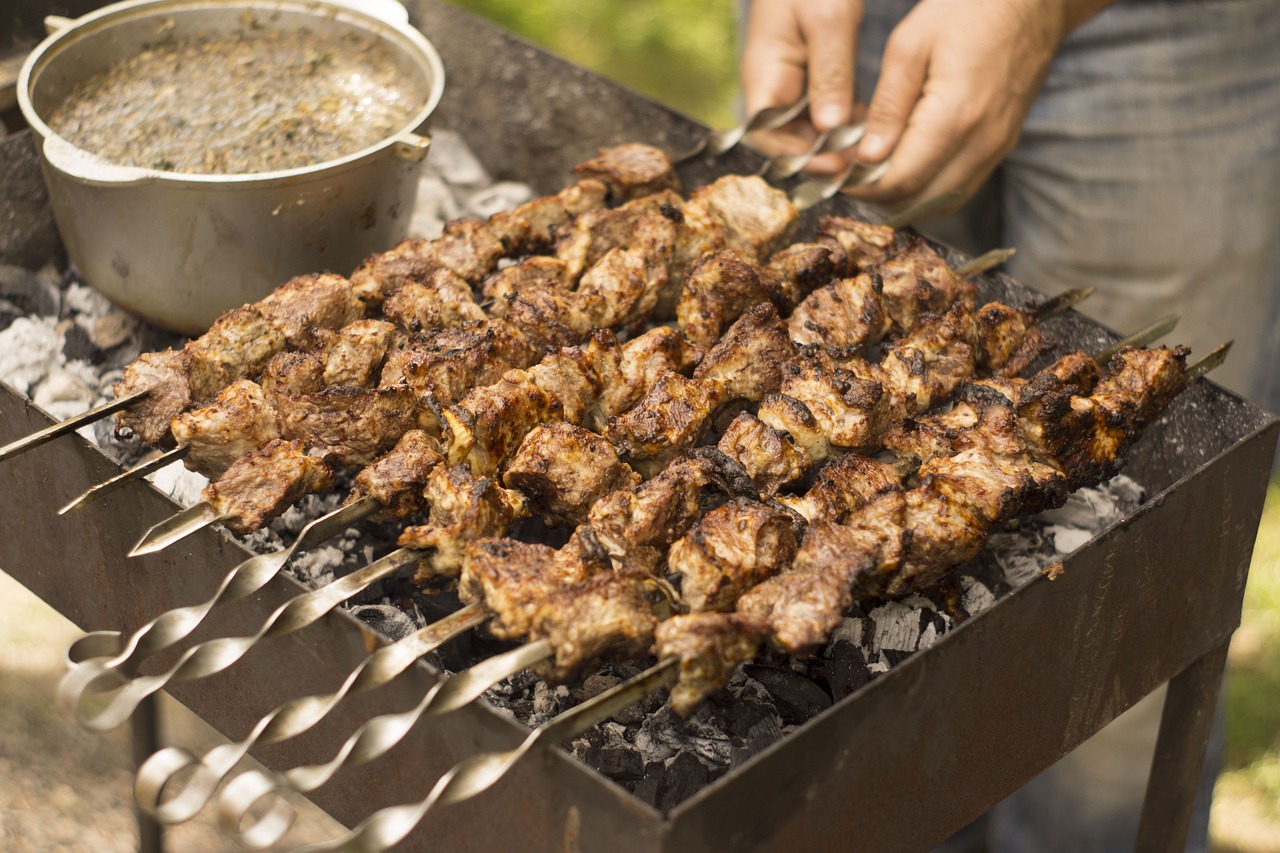
Cooking Temperatures
When it comes to barbecuing, one of the most crucial aspects to consider is . Cooking your food to the right temperature not only ensures that it tastes delicious but also prevents the risk of foodborne illnesses. Imagine biting into a juicy burger, only to find it's still pink in the middle; not exactly the kind of surprise you want at your BBQ, right? To avoid such culinary disasters, here are some essential guidelines to keep in mind.
Each type of meat has its own recommended internal cooking temperature. For example, poultry should always reach an internal temperature of at least 165°F (74°C). This is crucial because undercooked chicken can harbor harmful bacteria like Salmonella. On the other hand, ground meats, such as beef or pork, should be cooked to a minimum of 160°F (71°C). This ensures that any bacteria present in the meat are killed off, making it safe for consumption.
For those who enjoy grilling steaks, the internal temperature can vary based on your preference for doneness. Here’s a quick reference table for steak doneness:
| Doneness Level | Internal Temperature (°F) |
|---|---|
| Rare | 120-125°F |
| Medium Rare | 130-135°F |
| Medium | 140-145°F |
| Medium Well | 150-155°F |
| Well Done | 160°F and above |
As you can see, cooking your steak to the right temperature is essential not just for flavor, but also for safety. But what about pork? It used to be the case that pork needed to be cooked to a whopping 170°F (77°C) to be considered safe. However, recent guidelines have adjusted this, and you can now safely enjoy pork at a temperature of 145°F (63°C)
Another often-overlooked item is the fish. Fish should be cooked to an internal temperature of 145°F (63°C) as well. This ensures that it flakes easily with a fork and is safe to eat. Remember, the texture of fish is a great indicator; it should be opaque and separate easily when done. Now, you might be wondering how to accurately measure these temperatures. A reliable meat thermometer is your best friend in this situation. Simply insert the thermometer into the thickest part of the meat, avoiding any bones, and wait for the reading. This simple step can save you from the embarrassment of serving undercooked food to your guests. In summary, understanding and adhering to the recommended cooking temperatures is vital for a safe and enjoyable BBQ experience. Not only will you impress your friends and family with perfectly cooked meats, but you’ll also keep everyone safe from potential foodborne illnesses. So, fire up that grill, keep that thermometer handy, and enjoy the delicious results! Choosing the right spot is crucial! You’ll want to set up your BBQ at least 10 feet away from any flammable materials like your house, trees, or patio furniture. Look for a well-ventilated area that allows smoke to disperse easily. Think of it like finding the perfect stage for a concert—good visibility and safety are key! Before you fire it up, give your grill a thorough once-over. Check for any rust, cracks, or loose parts. If you’re using a gas grill, inspect the gas lines for leaks by applying soapy water and looking for bubbles. It’s like a pre-flight check for your BBQ—make sure everything is in working order before you take off! If you smell gas, turn off the grill immediately! Move away from the grill and check for leaks. If you can’t find the source, it’s best to call your gas supplier or emergency services. Think of it as a smoke alarm going off—don’t ignore it! Use a chimney starter for the safest method! Avoid lighter fluid if possible, as it can cause flare-ups. Instead, crumple newspaper at the bottom of the chimney, fill it with charcoal, and light the paper. It’s like using a little rocket fuel to get your fire going without the risk of explosions! Keep raw and cooked foods separate to avoid cross-contamination. Use separate utensils and platters for raw meat and cooked food. Always wash your hands after handling raw meat, just like you’d scrub up after a messy art project! Here’s a quick guide:
Frequently Asked Questions
Using a meat thermometer is the best way to ensure your food is safe to eat. It’s like having a trusty sidekick that makes sure you’re not serving up any surprises!
Allow ashes to cool completely before disposing of them. Once cool, place them in a metal container with a lid and store it outside, away from flammable materials. Think of it like putting away your tools after a project—safety first!



















